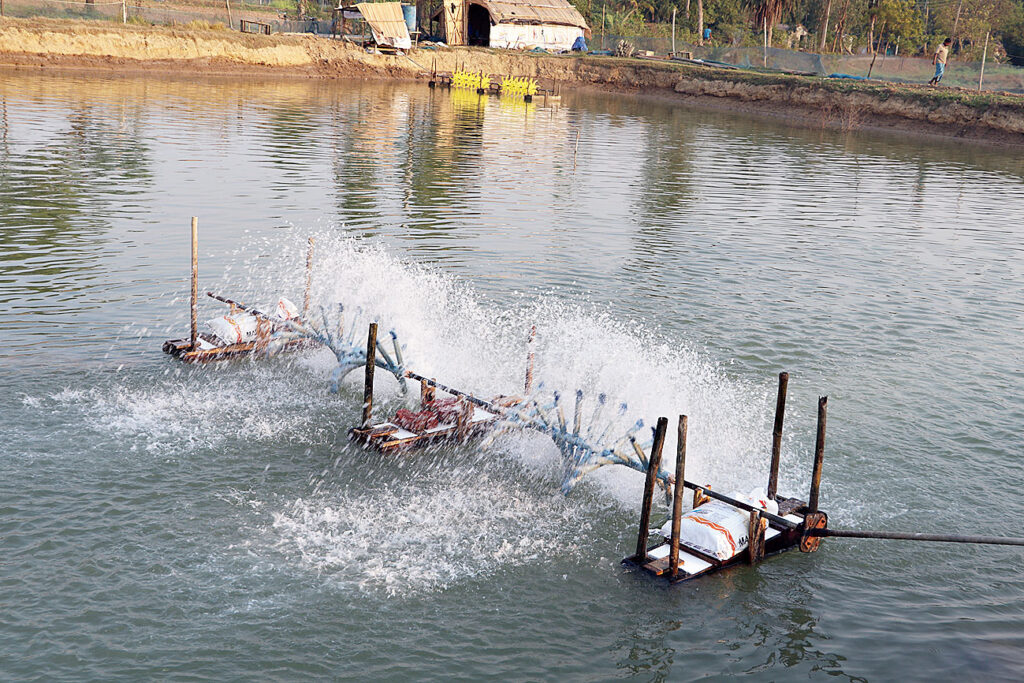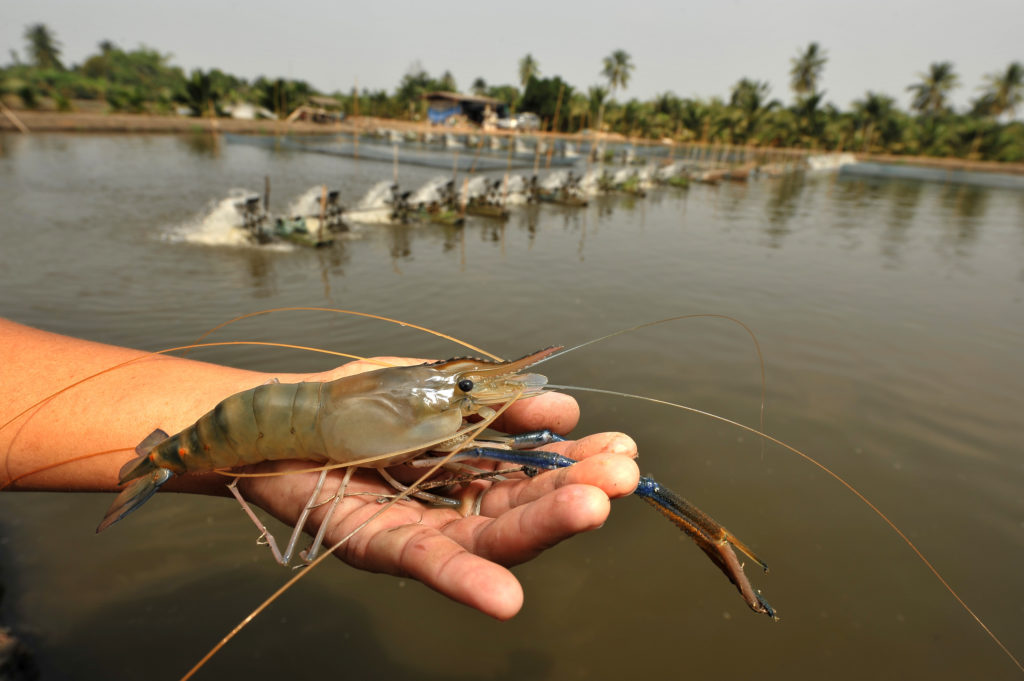
Nestled between lush greenery and winding rivers, Goa’s backwaters are not just a serene escape but also a bustling hub for traditional prawn farming. This time-honored practice, passed down through generations, combines ecological balance with sustainable aquaculture. It plays a vital role in Goa’s culinary and economic tapestry, contributing to its rich seafood culture and providing livelihoods for local communities.
A Tradition Rooted in Nature
Prawn farming in Goa’s backwaters, known locally as ‘Khazan farming,’ is a sustainable aquaculture method that predates modern techniques. The term “Khazan” refers to the low-lying agricultural fields protected by an intricate system of dykes and sluice gates designed to regulate the flow of saline water from nearby rivers and the sea. These fields are used for both agriculture and aquaculture, showcasing the ingenuity of Goa’s traditional resource management.
This system takes advantage of Goa’s unique tidal ecology. Saline water is allowed to flow into the fields during high tide, bringing with it prawn larvae and fry. Once the tide recedes, the larvae remain trapped in the waterlogged fields, where they grow into healthy prawns. Farmers then monitor the prawns’ growth, using natural feed sources like plankton and organic matter from the water, ensuring minimal environmental impact.
Seasonal Rhythms and Harvesting
Prawn farming in Goa is closely tied to the monsoon cycle, which replenishes the backwaters and enhances the nutrient content of the water. The farming season typically begins after the rains, around September, and continues until April or May, just before the monsoons arrive again.
Harvesting prawns is a labor-intensive yet rewarding process. Farmers wade into the water with traditional nets to collect the prawns, often working during low tide. The catch is then sorted and prepared for sale in local markets or for export, with Goan prawns being highly sought after for their flavor and quality.
Sustainability at Its Core
Unlike modern aquaculture methods that often rely on artificial feeds and chemicals, traditional prawn farming in Goa is inherently sustainable. The Khazan system maintains the delicate balance between land and water and ensures that it does not overburden the environment. This eco-friendly approach also preserves the biodiversity of the backwaters, which are home to a variety of fish, crabs, and other aquatic species.
Moreover, the cyclical nature of the farming process—alternating between prawn farming and rice cultivation—allows the land to recover and remain fertile. This integration of agriculture and aquaculture exemplifies a harmonious coexistence with nature, a practice that modern farming methods can learn from.
Cultural and Economic Importance
Goans have deeply embedded prawn farming into their cultural identity. The prawns harvested from these backwaters are a staple in Goan cuisine, used in iconic dishes like prawn balchão, prawn curry rice, and rawa-fried prawns. Beyond culinary delights, this practice sustains the livelihoods of numerous families in rural Goa, offering employment opportunities to fishermen, farmers, and traders.
Additionally, the high demand for Goan prawns in national and international markets has turned this traditional practice into an economic asset. While many farmers continue to use traditional methods, some have incorporated modern tools to increase yield and efficiency without compromising sustainability.
Challenges and the Way Forward
Despite its many advantages, traditional prawn farming in Goa faces challenges. Encroachment, urbanization, and pollution threaten the backwaters, while climate change disrupts tidal patterns and water salinity levels. Younger generations are also moving away from farming, seeking opportunities in urban areas, which puts this heritage practice at risk.
To preserve this art, it is crucial to strike a balance between development and conservation. Raising awareness about the ecological and economic benefits of traditional prawn farming, along with government support for farmers, can help sustain this practice. Promoting eco-tourism around prawn farming, where visitors can learn and experience the process, could also provide additional income and keep the tradition alive.
A Taste of Goa’s Heritage
The art of prawn farming in Goa’s backwaters is more than just a livelihood—it’s a way of life that reflects the region’s harmony with nature. By preserving and supporting this sustainable practice, Goa can continue to serve its famed prawns on plates across the world, ensuring that the legacy of its backwaters remains a vibrant and integral part of its identity.
So the next time you savor a Goan prawn curry, remember the intricate dance of tides, tradition, and craftsmanship that brought it to your table—a true taste of Goa’s rich heritage.


